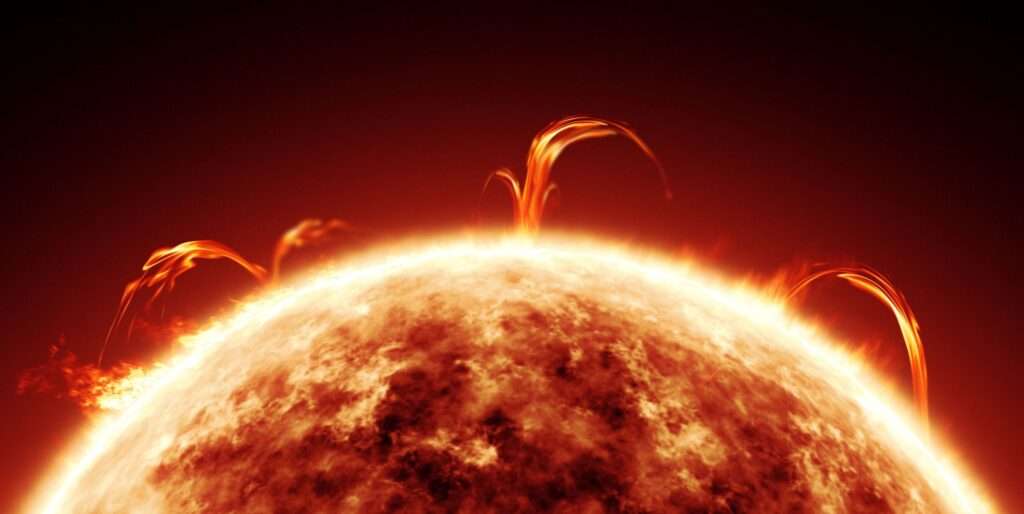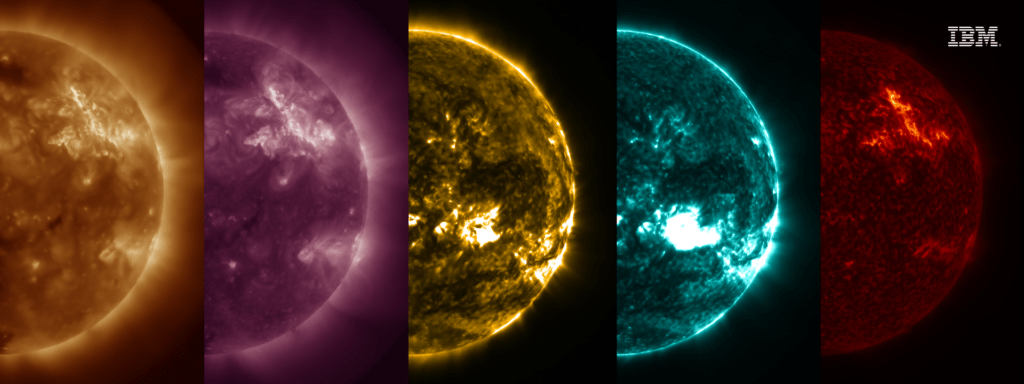The artificial intelligence tool called Surya, developed by IBM and NASA, will model the sun and, according to its developers, will be able to anticipate solar flares with 16% greater accuracy and in half the time of the forecasting systems currently in use, which only predict events one hour in advance and based solely on signals detected in specific regions of the sun.
The risk posed by abnormal solar activity is not insignificant. A major solar storm could directly affect global telecommunications, cause power grids to collapse, and disrupt GPS navigation, satellite operations, internet connections, and radio transmissions.

According to an announcement by IBM and NASA, cited by Wired, Surya was trained using large data sets of solar activity to deepen humanity’s understanding of the solar climate and accurately predict the bursts of electromagnetic radiation emitted by our star that threaten both astronauts in orbit and communications infrastructure on Earth.

Surya was trained with nine years of data collected by NASA’s Solar Dynamics Observatory (SDO), an instrument that has been orbiting the Sun since 2010, capturing high-resolution images every 12 seconds. The SDO captures observations of the Sun at various electromagnetic wavelengths to estimate the temperature of the star’s layers. It also takes precise measurements of the solar magnetic field — data essential for understanding how energy moves through the star and for predicting solar storms.

Written by: Eduardo Quive



